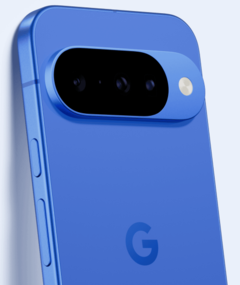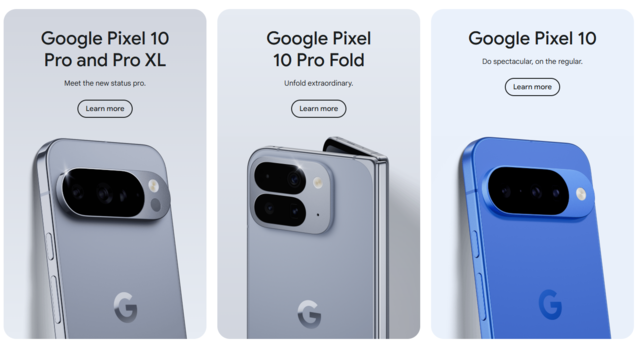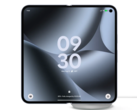CheckMag | The Pixel 9a made the standard Pixel 9 irrelevant. Now Google has done the same with the Pixel 10 Pro

The standard Google Pixel always seemed like a bit of a hard sell, when historically, Google released an "a" version of the current generation of handsets a few months later. Sure, the "a" variants had a slightly worse screen and a slightly worse camera setup but were still equipped with a very similar processor offering a negligible difference in the real world and often a slightly larger battery. When comparing the launch pricing, the pixel 9a was $300 cheaper for essentially the same specification. Of course, Pixels rarely retain their MSRP for long, but even at the time of writing, there is still a $302 price difference when purchasing the Pixel 9 or Pixel 9a on Amazon.
However, with the release of the Pixel 10 range, it appears that Google has made its smaller "Pro" model completely irrelevant straight out the gate.
There are some differences between the Pixel 10 and 10 Pro. The standard Pixel 10 does not have an LTPO backplane for variable refresh rate down to 1 Hz and therefore can only display between 60 and 120 Hz. This will likely have an impact on battery longevity. It also has slightly less RAM, (12 GB vs 16 GB) and a weaker camera setup (more on that in a moment), as well as a slightly larger battery and the same build quality.
It's the camera setup where things start to get really muddy. The 5x telephoto used to be the biggest differentiator between standard and Pro models, and with the introduction of a 5x telephoto to the standard model, unless you are a consumer that likes to get buried in the specifications, it may be difficult to justify the $200 premium for the Pro model.
The primary lens on the non-pro model has a slightly reduced aperture (ƒ/1.70 versus ƒ/1.68) and slightly fewer megapixels (48 vs 50). The ultrawide on the non-pro has significantly fewer megapixels (13 vs 48), a smaller aperture and a slightly narrower field of view.
The 5x zoom again carries fewer megapixels (10.8 vs 48), smaller aperture and a slightly reduced field of view, although the resulting longer focal length in this case could be beneficial. However, cropping into a 10 megapixel sensor, vs a 48 megapixel sensor isn't going to give great results, but being realistic, cropping into any sensor to increase zoom is a poor substitute for optics. Google's "Pro Res" zoom isn't exactly lauded for producing high quality shots. On the Pixel 9 Pro, anything over 10x zoom becomes an oil painting in my experience as a Pixel 9 Pro owner, and shots without a crop generally look a lot better. Let's also not forget that the standard Pixel 10 camera setup is almost identical to the Pixel 10 Fold which also carries "Pro" branding. All 3 of the Pixel 10 Pro sensors are larger and come with larger apertures, which will have a significant impact on image quality due to the light that the sensor is able to collect.
Googles decision to add a telephoto to the standard Pixel 10 isn't a bad thing. It's about time that more manufacturers realised that not everyone wants a wide and an ultrawide lens, a feature offered on the midrange Nothing 3a back in March. However, Google has just made it significantly more difficult to justify the Pixel 10 Pro when the standard Pixel 10 allows you to save $200 with only very minor compromises.


























